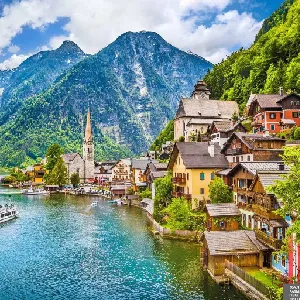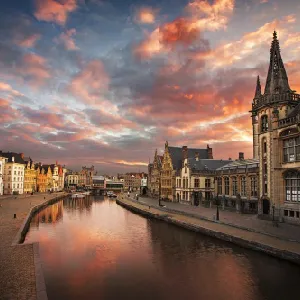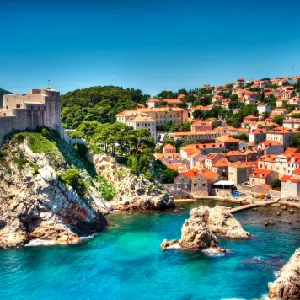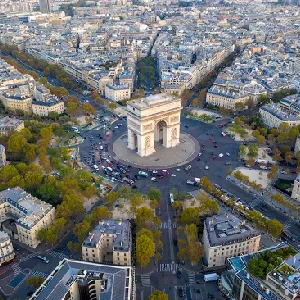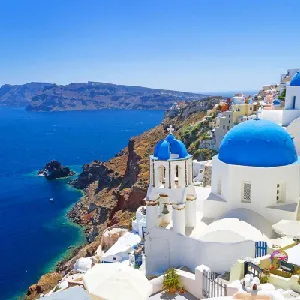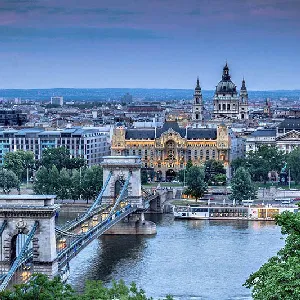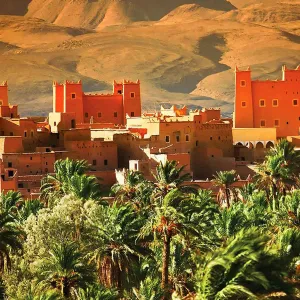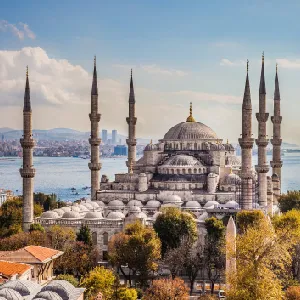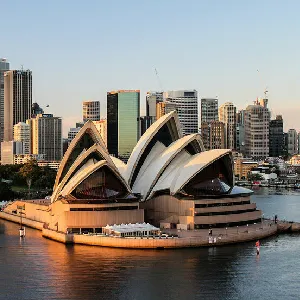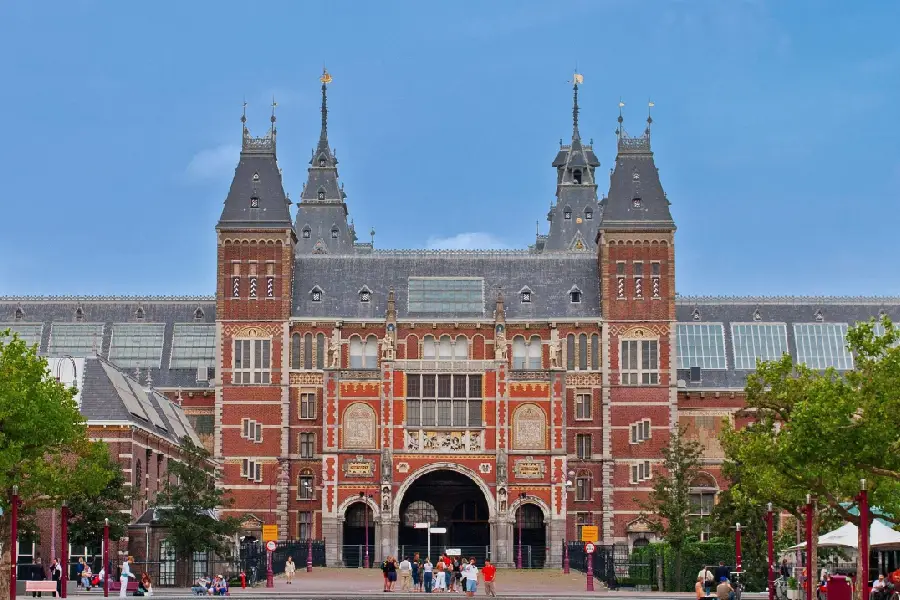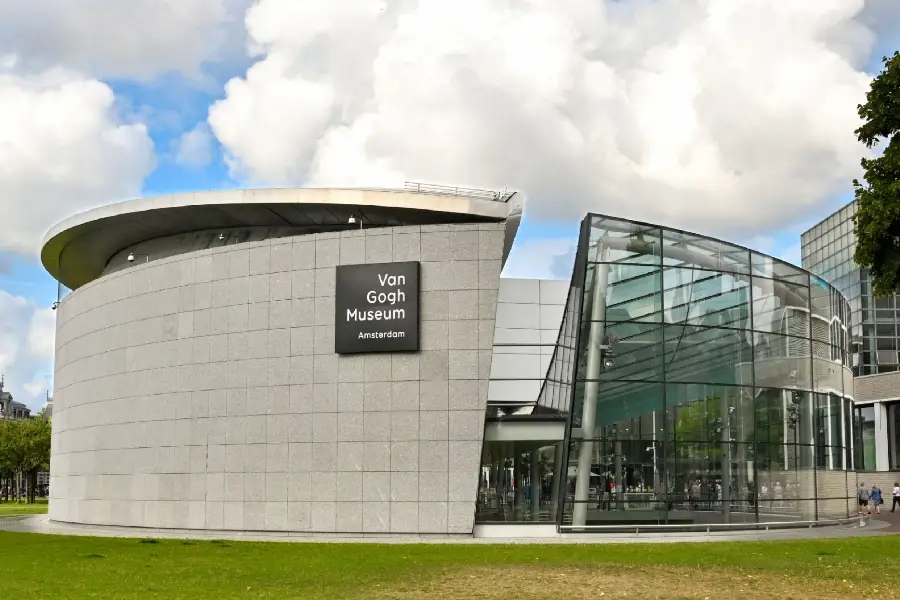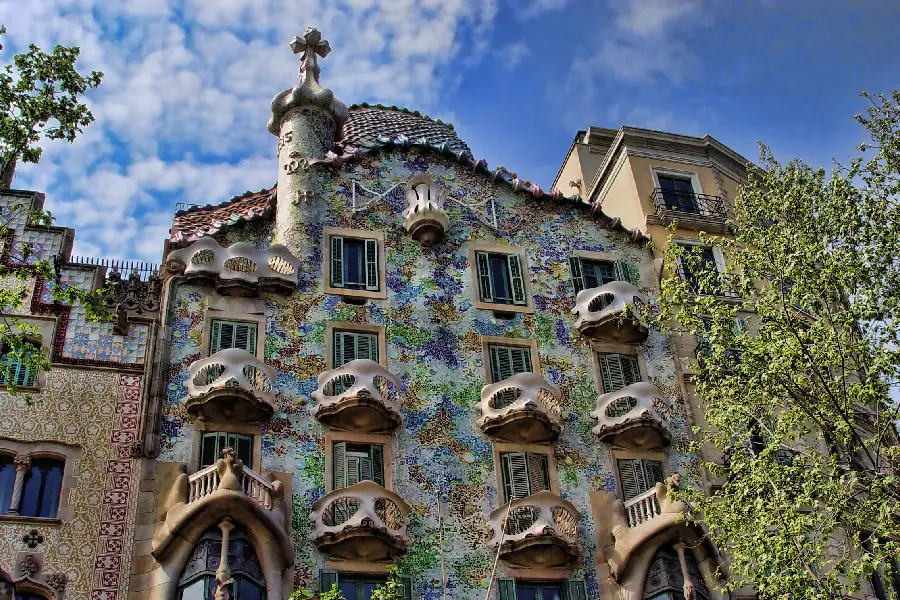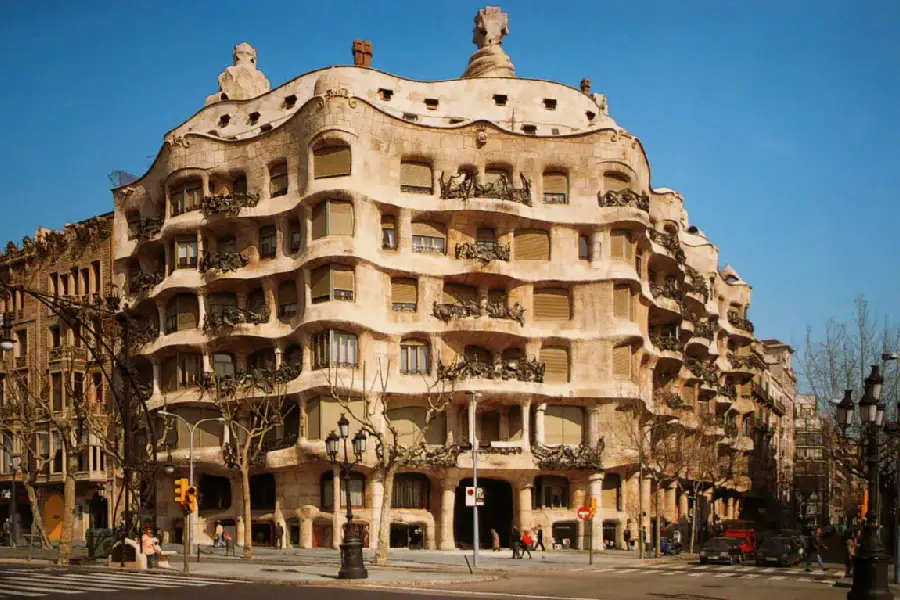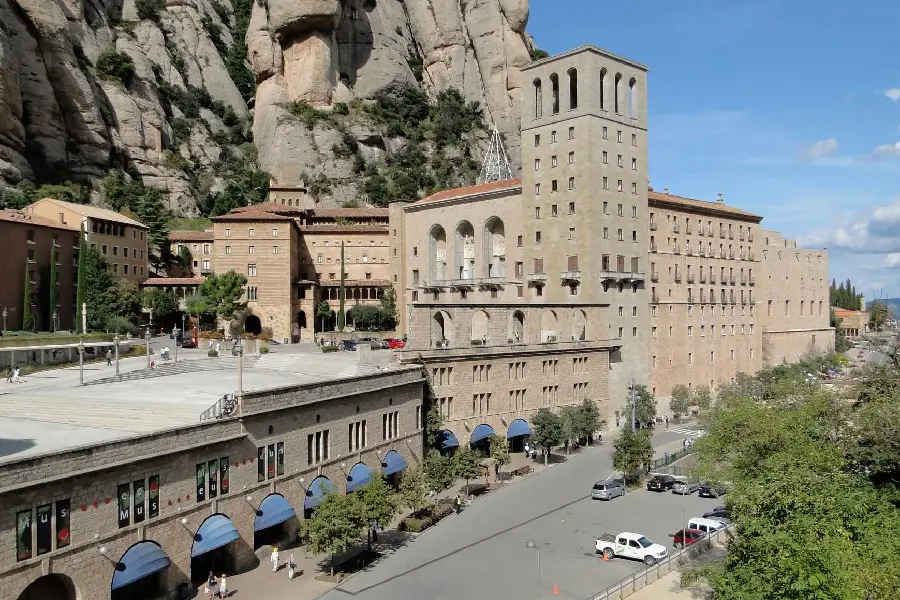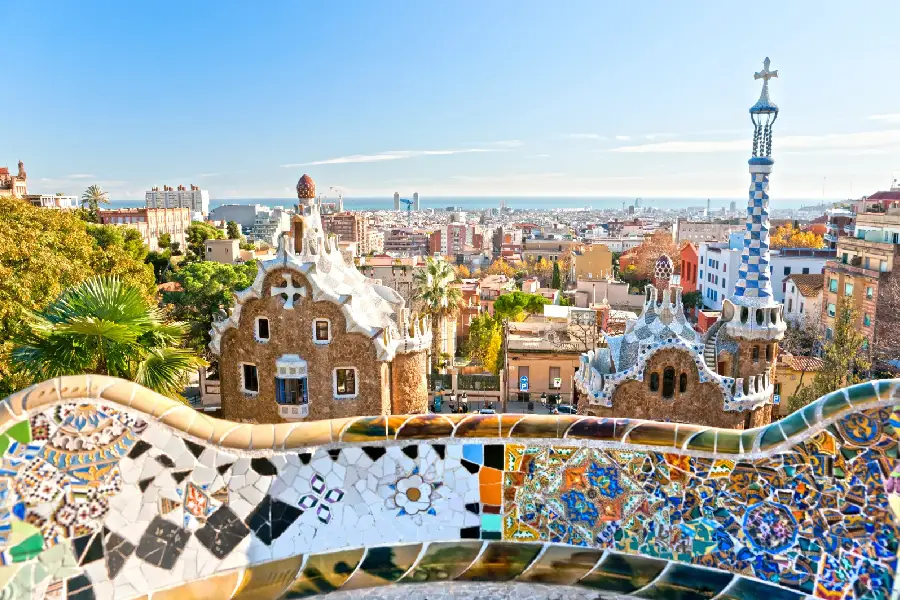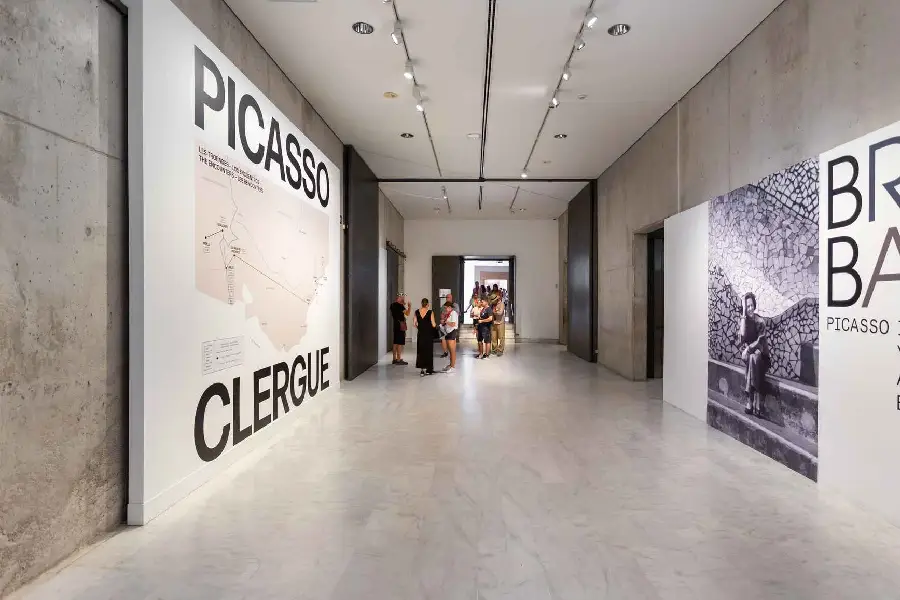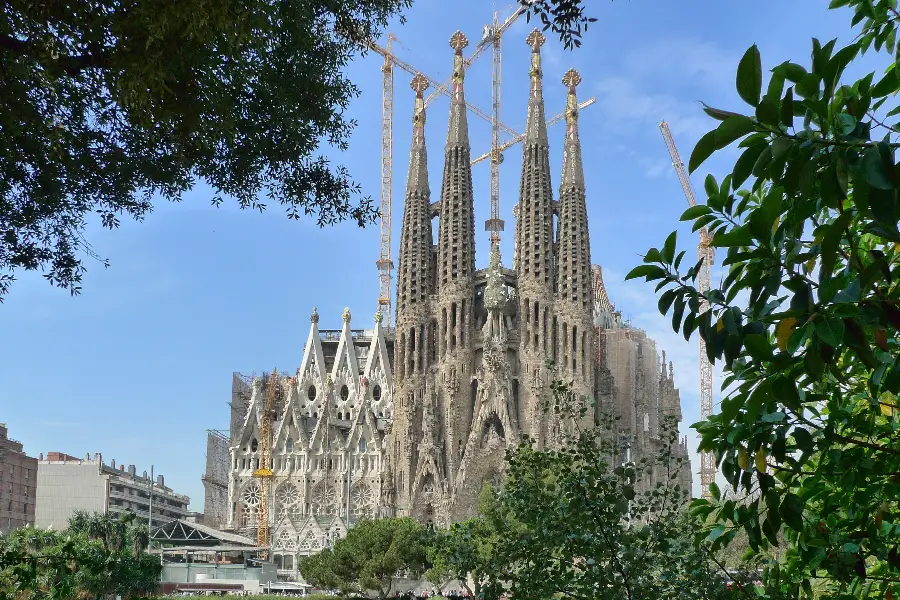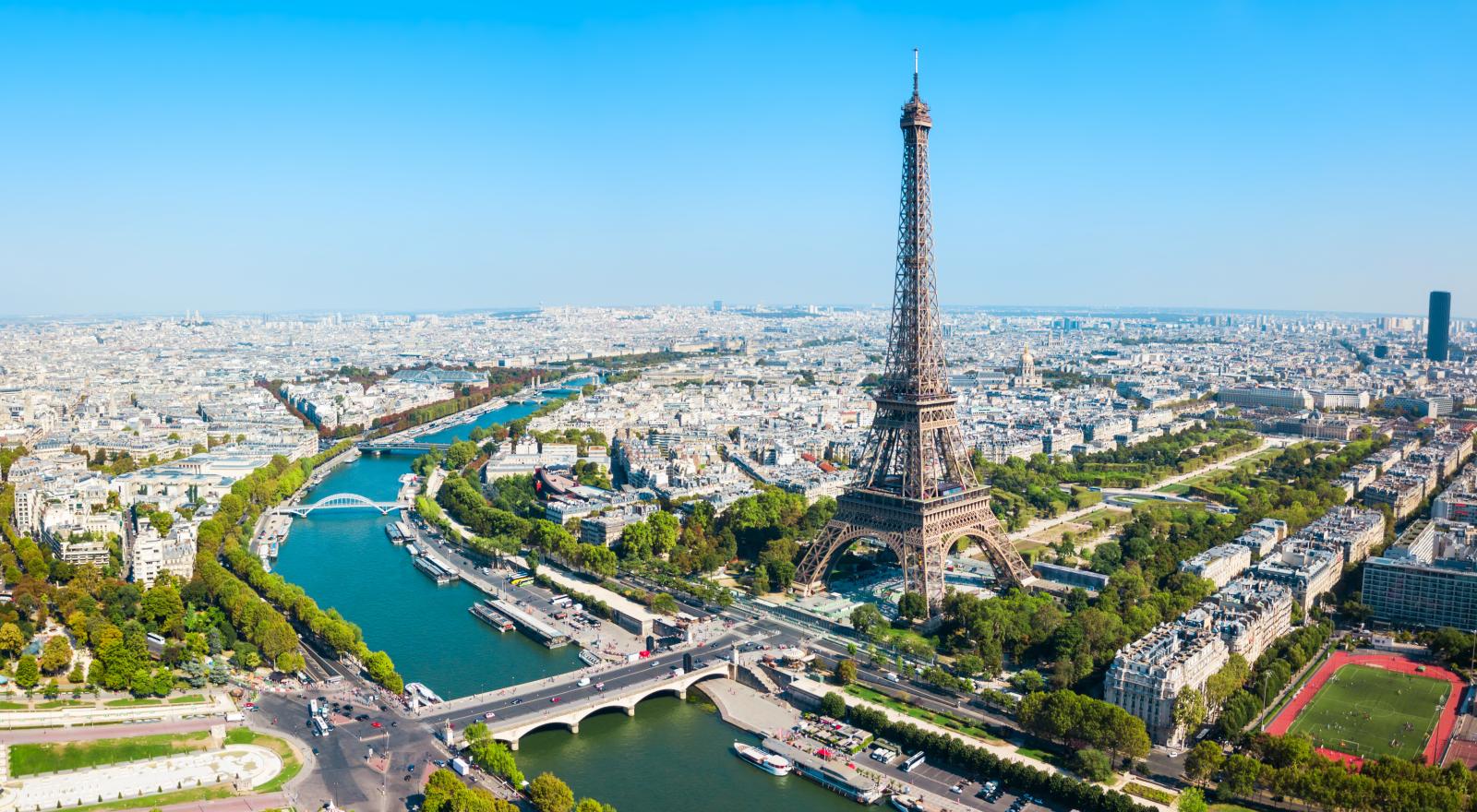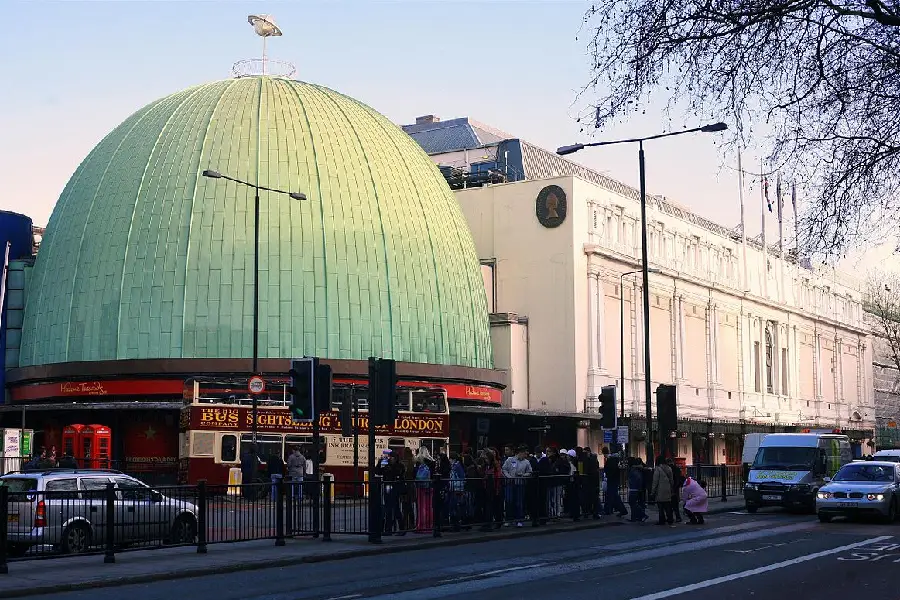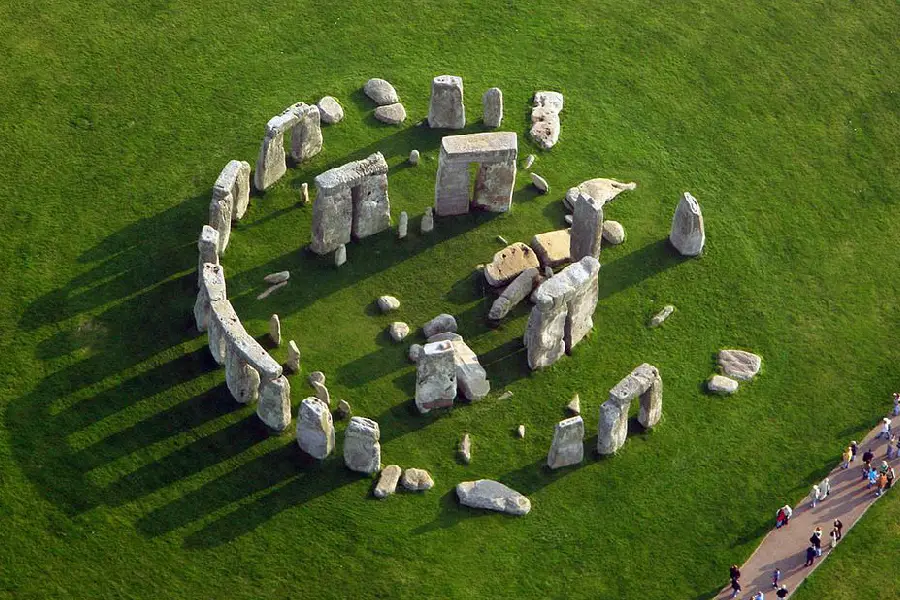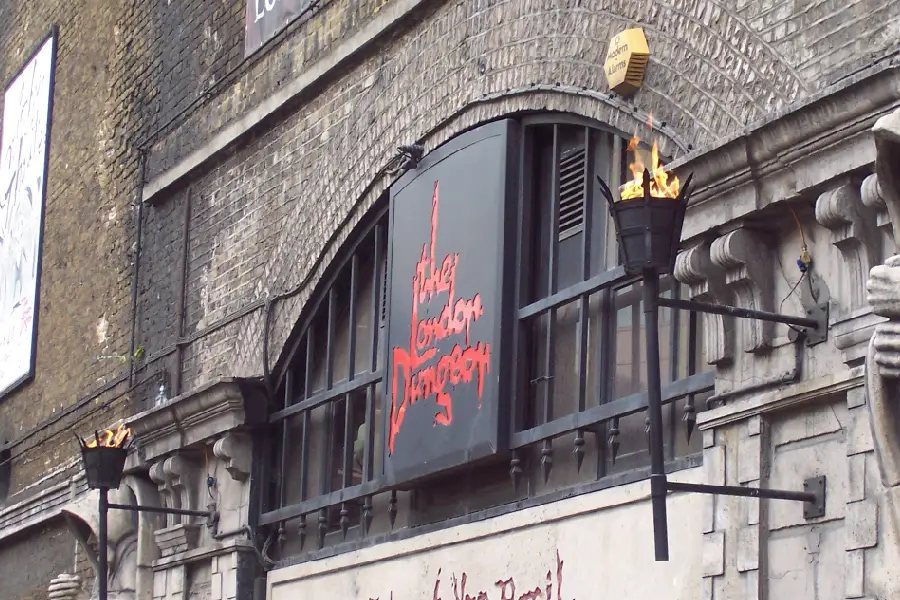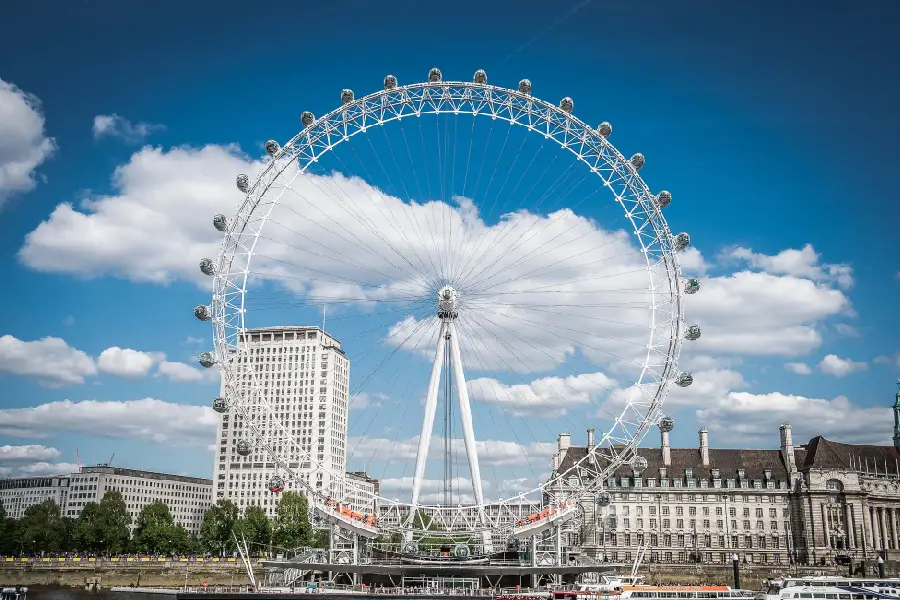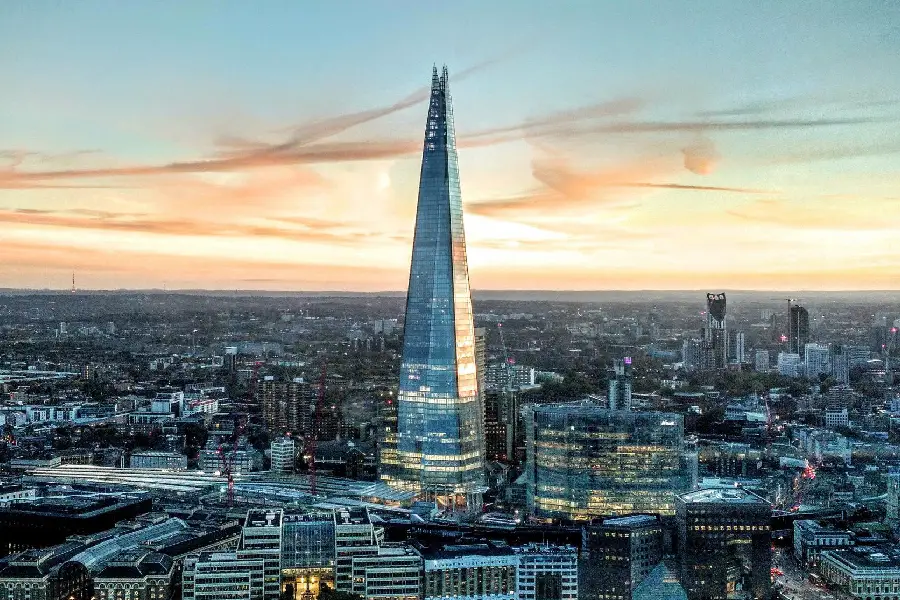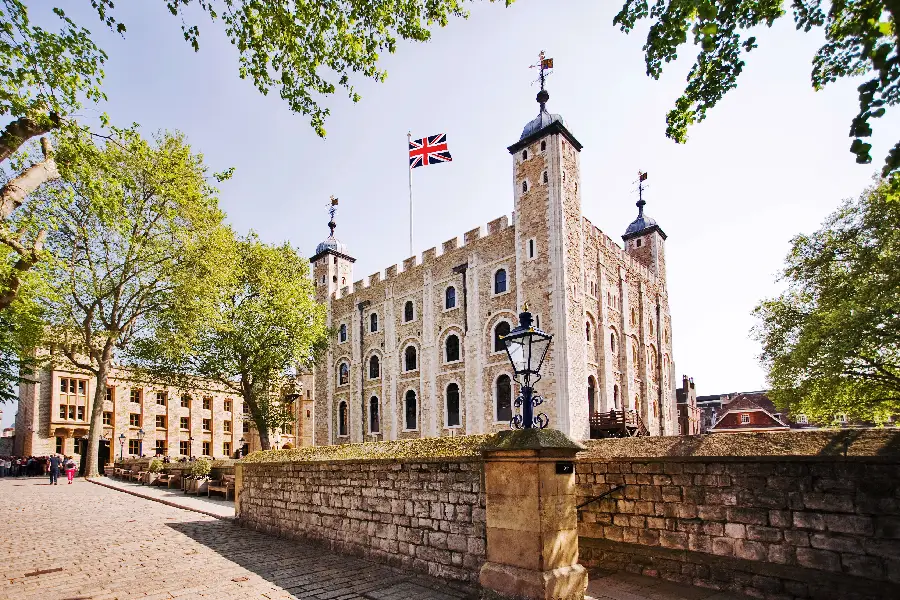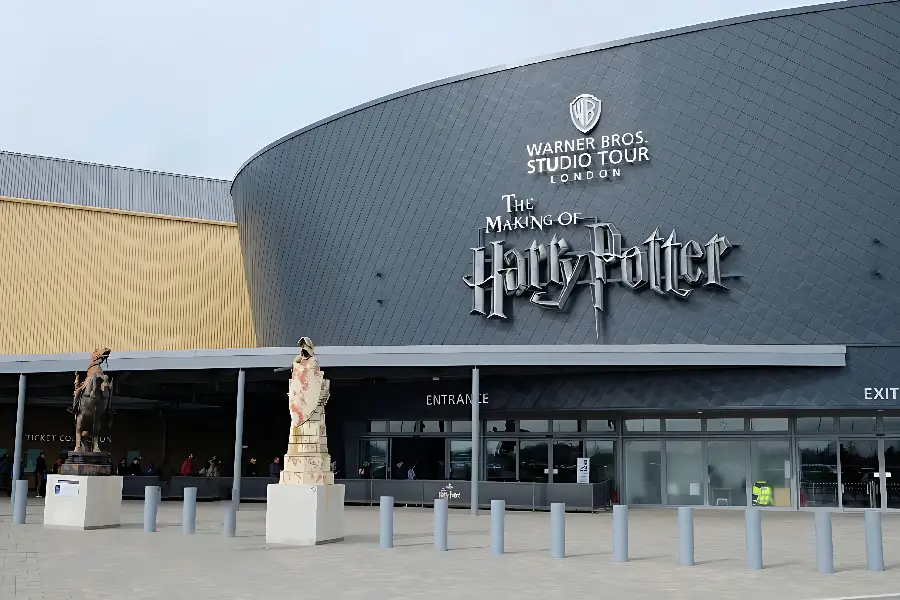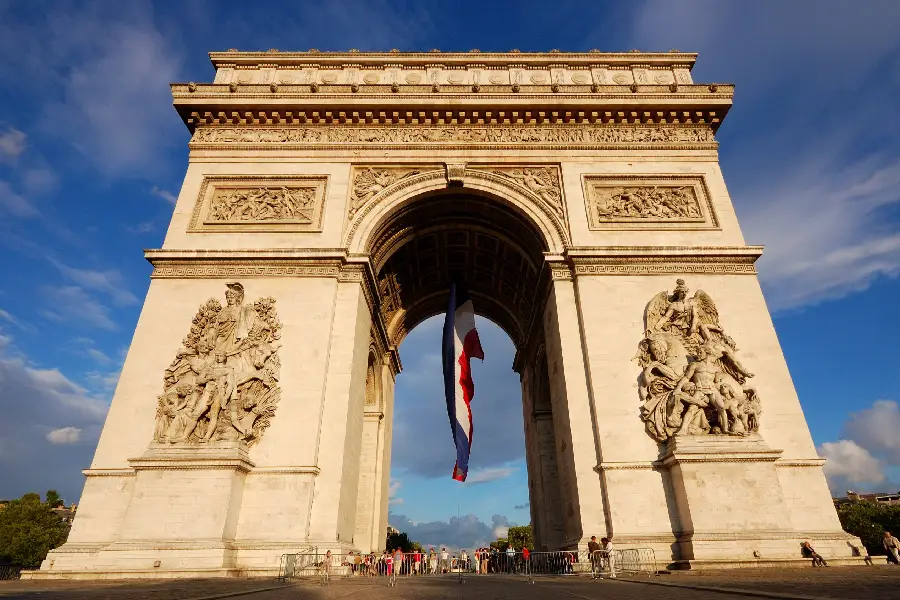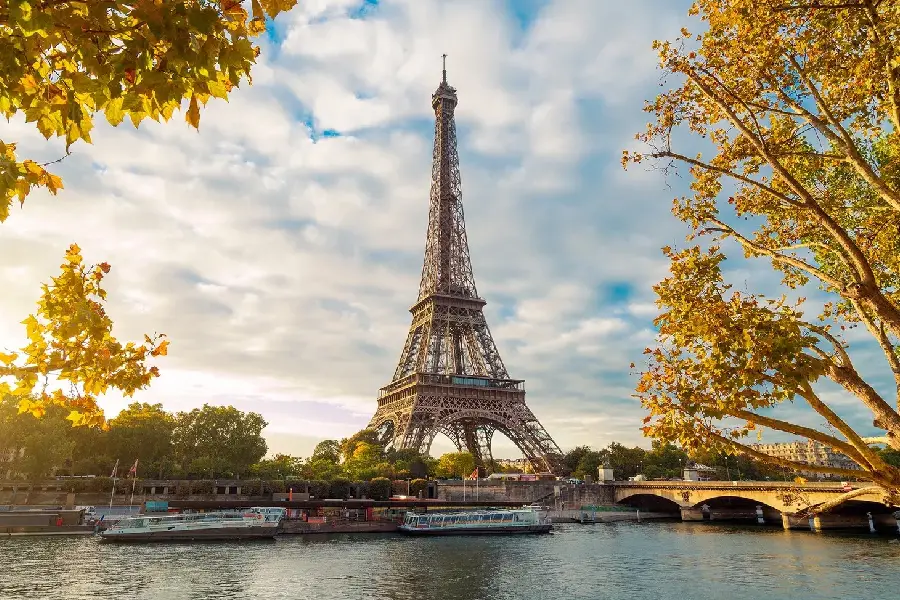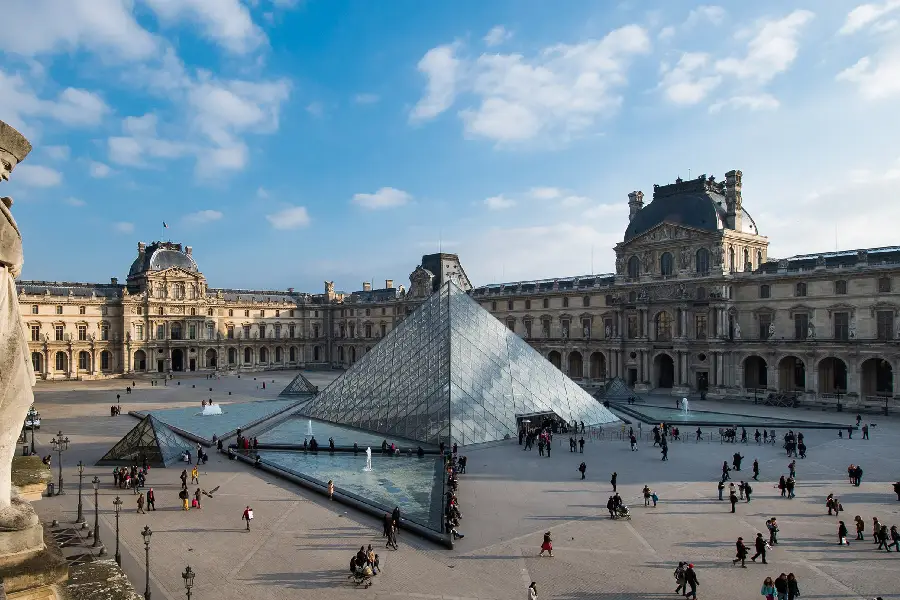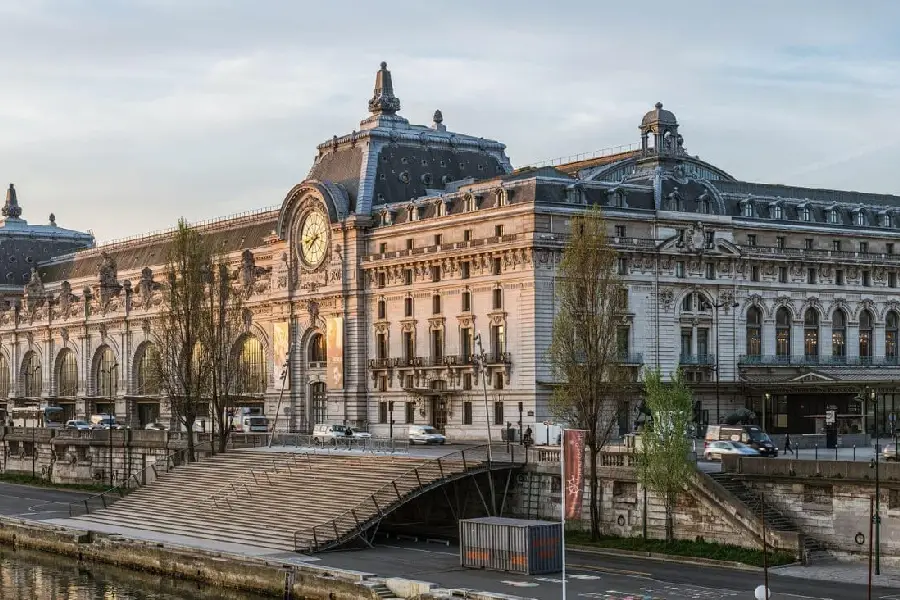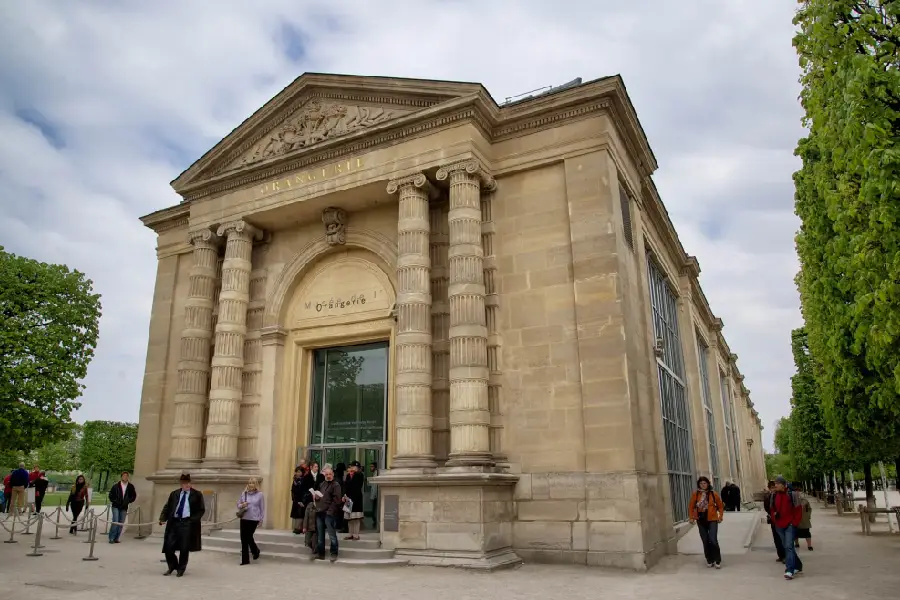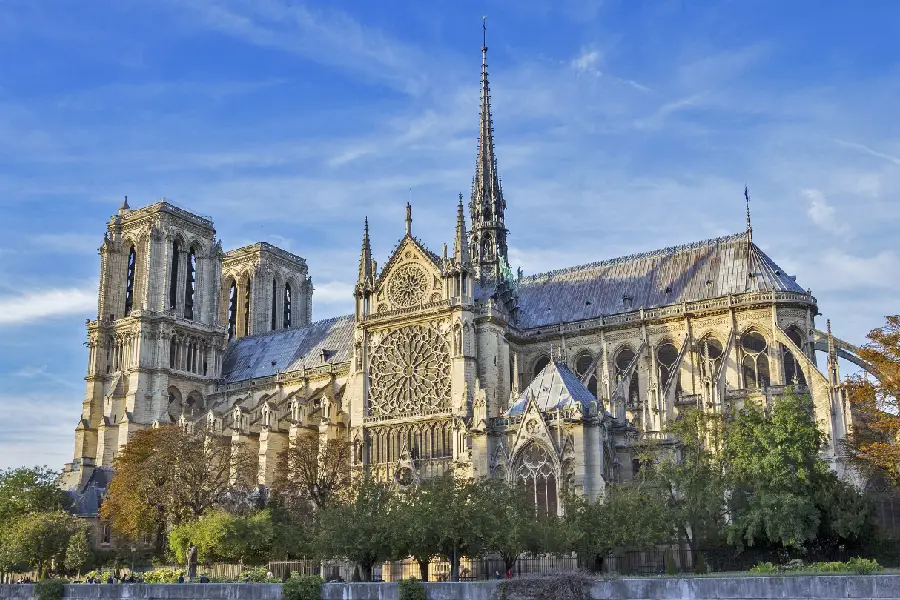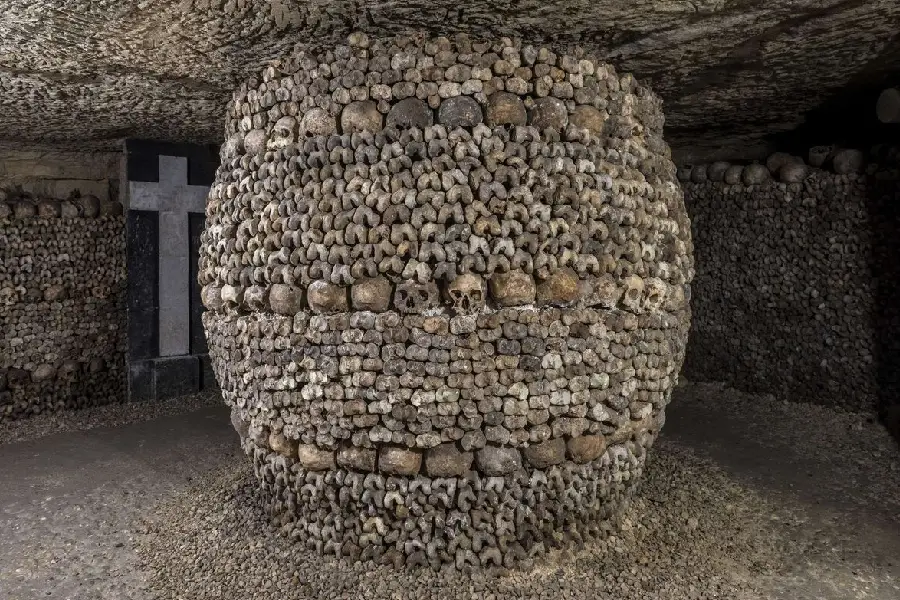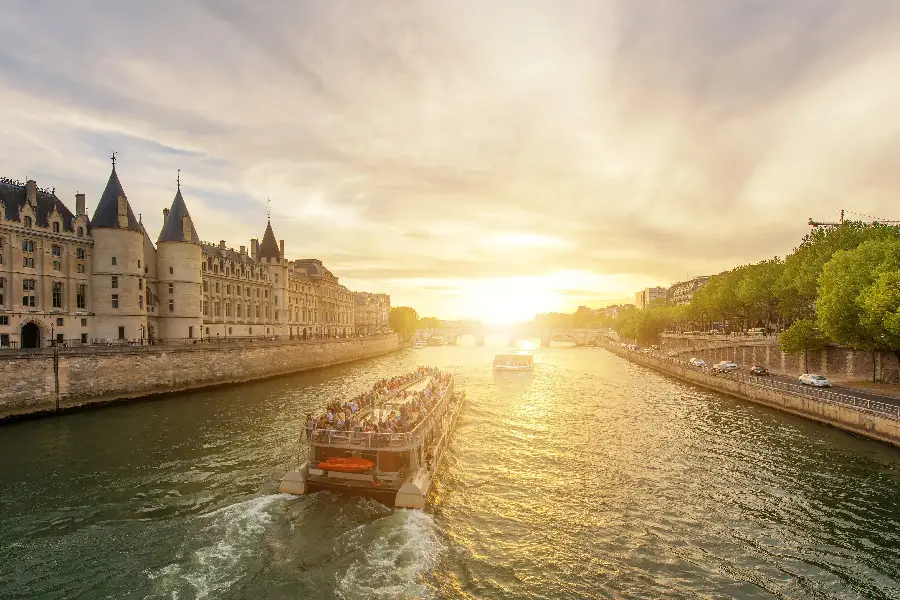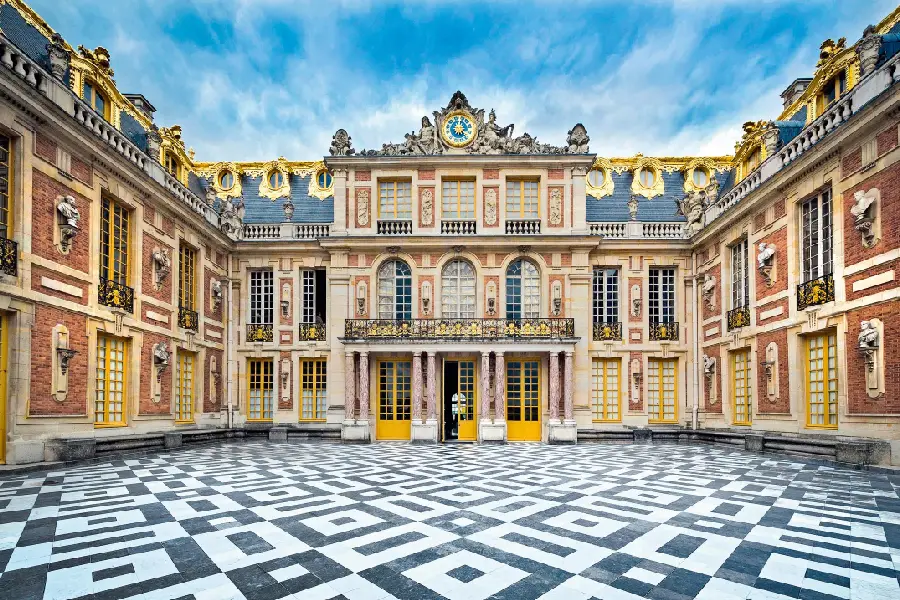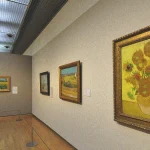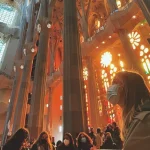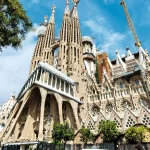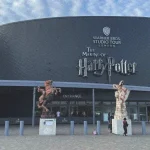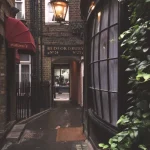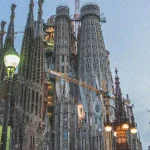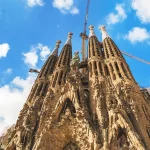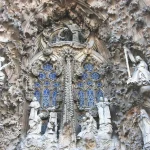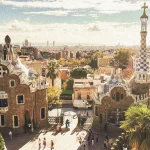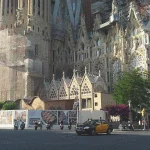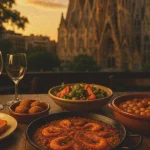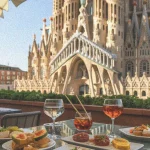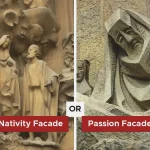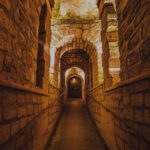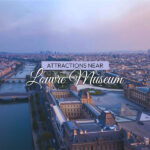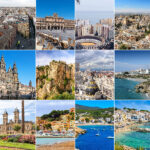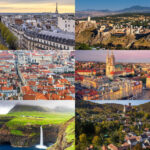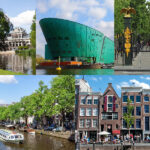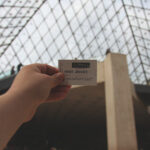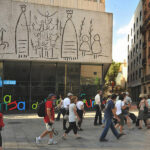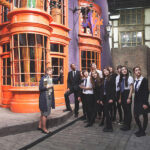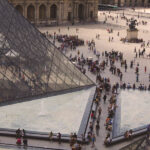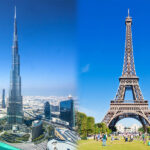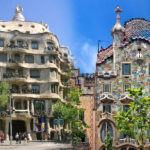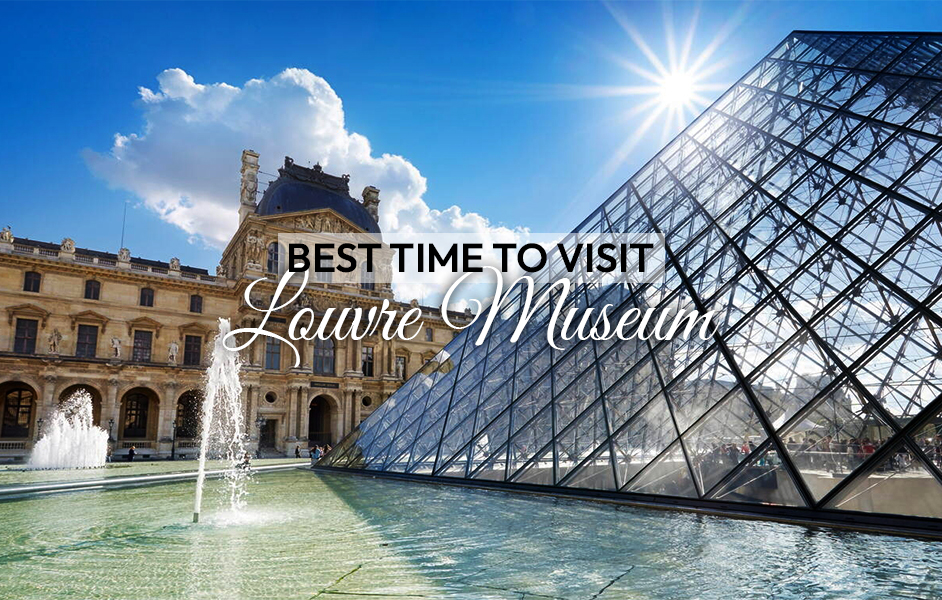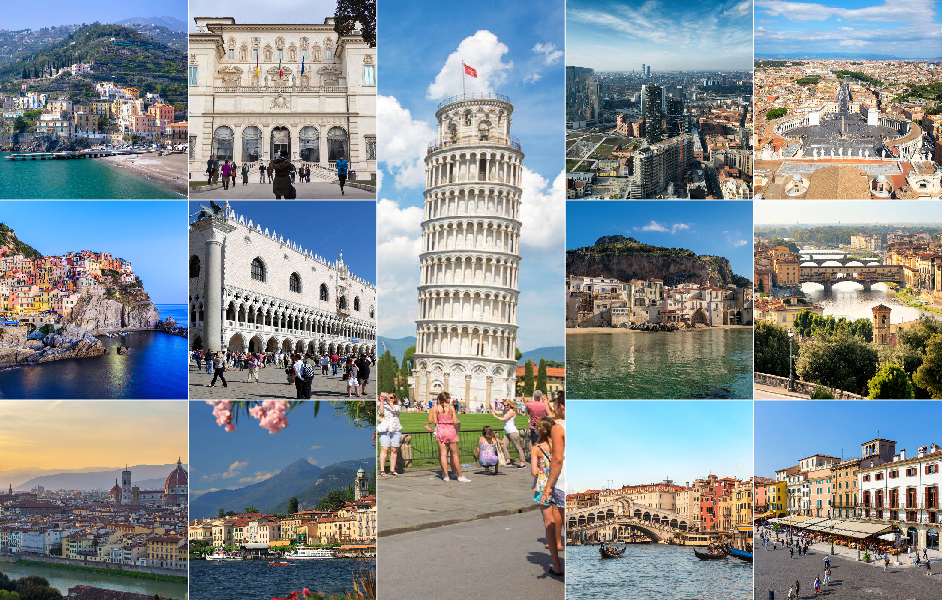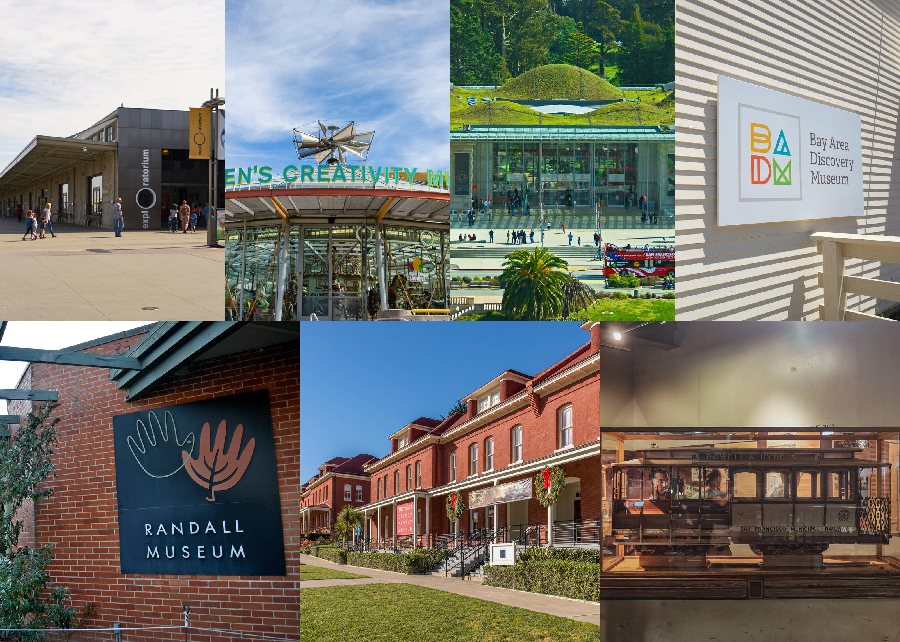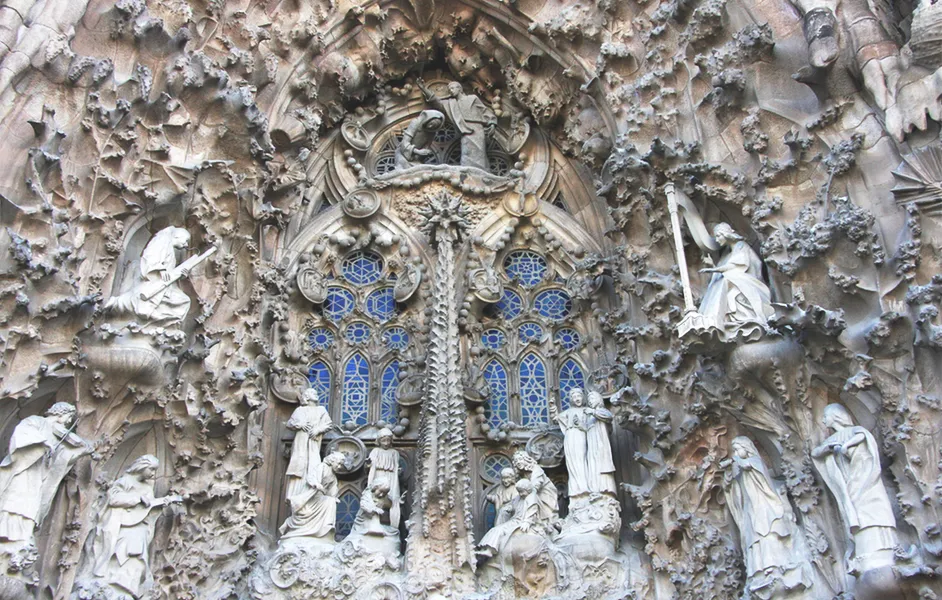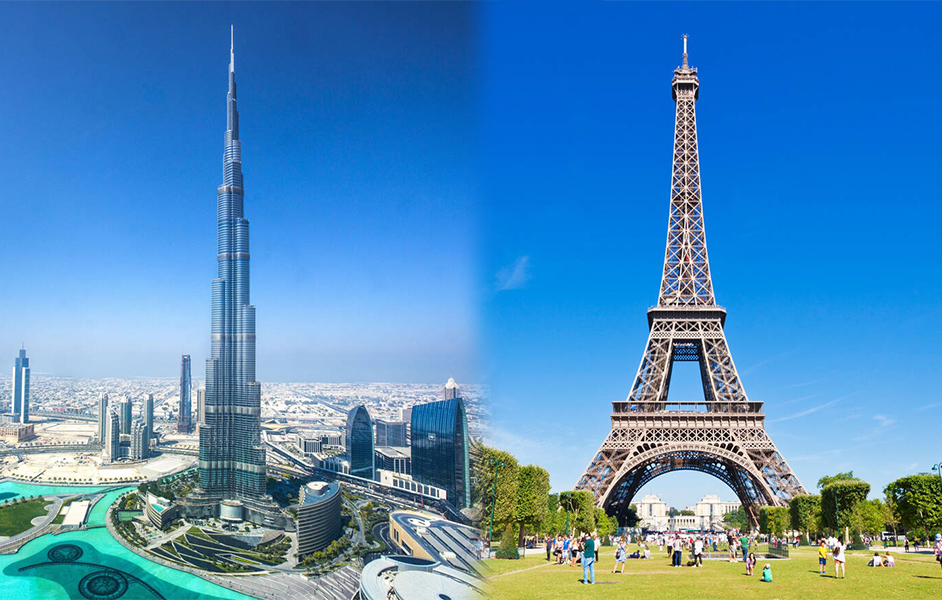In Barcelona, Spain there are two iconic buildings; Casa Milà and Casa Batlló designed by a famous architect Antoni Gaudí. These are examples of Catalan Modernism and are listed as UNESCO World Heritage Sites attracting the attention of people from all over the globe.From this article you will get to know details about Casa Batllo vs Casa Mila.
Table of Contents
Antoni Gaudí – An Architect with a Different Vision
An artist in his lifetime, Gaudi was an architect of genius. He drew his inspiration from nature and incorporated its forms and principles into the layout of his buildings. His approach to architecture was highly influenced by the spiritual life he led.
Gaudi’s works are not just mere buildings; they are like living things interacting with their environment as indications of this philosophy. They can be seen as symbols of his belief that everything is connected by providing different shades.
Casa Batlló or Casa Milà are perfect representatives of Gaudí’s architectural concepts. These two structures reveal his ability to create functional yet beautiful forms using natural materials such as wood, glass, stone or iron metal. These monuments have made Barcelona famous and famous for all eternity and every year millions come to admire their beauty and complexity of.
Casa Batlló: Imposing as a bone house

Gaudí’s unique architectural style is epitomized by Casa Batlló located in Passeig de Gràcia, Barcelona. In 1904, the building was designed with single-family homes for the wealthy industrialist Josep Batlló; however, it has been turned into a museum to exhibit Gaudí’s work ever since.
Casa Batlló has intricate details on its exterior including its dragon-like back façade which comprises ceramic tiles as scales that make up the back of the dragon. The roof appears to be made out of stone with ribs and a cross at its skull thereby depicting a giant skeleton. Inside, there is a central atrium with a spiral staircase leading to other floors.
Casa Milà: A quarry made from stone

Between 1906 and 1912, Casa Milà which is also known as La Pedrera was built for tenancy purposes as an apartment block. It is yet another example of Gaudi’s genius that can be seen in Passeig de Gracia.
The stone facade of Casa Milà undulates like a quarry. On top of this, the roof contains several chimneys that look like trees making their branches reach for the sky. The apartments are spacious and full of light with huge windows inside them that provide good natural lighting.
Architectural Features
Unique design elements of Casa Batlló
Casa Batlló is a facade with marina life based on it giving it a sort of dreamlike nature. The organic design of the building has bone-shaped columns made out of stone while its balcony appears like masks or skulls. In addition, St George’s legend-associated motif was used to describe the roof that looks like a dragon’s back.
Distinctive characteristics of Casa Milà
There is an undulating façade made out of stone in La Pedrera also known as Casa Milà which has abstract motifs on its wrought iron balconies. There is a popular roof terrace consisting of sculptures serving practical purposes such as chimneys and skylights. It has free-plan floors supported by beams making it one first buildings with underground garages.
Historical Significance
Cultural context of Casa Batlló
In 1906, they renovated their house but what remains even today is a functional yet artistically advanced design. Gaudí just took his way in developing elements which include light wells and Noble Floor.
Historical background of Casa Milà
Constructed between 1906 and 1912, Casa Mila was Gaudi’s last but one civic work of architecture done for Pere Mila and Roser Segimon who lived on the main floor. It had a controversial structure then but later its understood significance to architecture transformed it to be part of modernism.
Visitor Experience
Tourist attractions at Casa Batlló
Casa Batllo visitors can have access to the noble floor, loft area, and roofs which resemble the dragon’s features. Cultural visits and events are conducted within this building. The recent renovation project has also enabled the preservation of original elements like stucco and decorative features.
Highlights of visiting Casa Milà
The rooftop is one of the things that make Casa Milà a good place to visit. Besides, there are exhibitions and cultural activities in the building while we have Espai Gaudi located in the attic.
Similarities between Casa Batlló vs Casa Milà
Gaudí’s unique styles are seen in both buildings through their use of organic forms, innovative materials, and incorporation of functional elements into the whole. In Barcelona, both are regarded as important cultural destinations and have become Gaudi’s masterwork.
Contrasts in architecture and ambiance
Casa Batlló differs from Casa Milà in terms of its artistic facade with numerous colors as well as dragon motifs while on the other hand, Casa Milà has a calm flowing stone surface with sculptures that have meaning. The atmosphere at Casa Batlló is whimsical compared to that at Casa Milà which is more serious about what it means to be an example Gaudí.
Casa batllo vs Casa mila are both famous landmarks in Barcelona, Spain, designed by the eminent architect Antoni Gaudí. However, despite being built by the same person they possess distinctive features and therefore offer different experiences to anyone who visits them. Here is a comparison based on their similarities and contrasts:
Similarities
1. Antoni Gaudi’s architectural genius: Both these houses are products of Gaudi and they exemplify his innovative spirit and unique creative vision. They epitomize Catalan Modernism and are inscribed as UNESCO World Heritage Sites.
2. Location: By the way, Casa Batllo and Casa Mila are situated on the Passeig de Gracia in Barcelona hence they form a crucial part of the city’s well-known architectural landscape which means tourists can easily find them.
3. Design Philosophy: Gaudi’s design philosophy that embraces nature, organic forms, color, and light is visible in both buildings. Consequently, his approach to architecture as an art form is apparent in Casa Batllo and Casa Mila each having unique characteristics
Exterior and Design Elements
Casa Batlló is famous for having a multicolored ornate face with tiles that can be attractive to the sight, bone-like balconies, and a wavy reptile rooftop. It is also good in terms of Art Nouveau design where Gaudí reconstructed a pre-existing building between 1904 and 1906.
Casa Mila also referred to as La Pedrera, has a curvy stone face and iron wrought balconies. Gaudi completely designed it from scratch thereby showing that form is more important than color. Moreover, its roof terrace is well known for having sculptures serving some practical purposes.
Interior Experience
Gaudí’s use of space, light, and color is artistically innovative in Casa Batlló. Inside, a large living room with colorful glass windows and a lovely blue-tiled staircase is commonly known as the place’s grandiose feature. The Noble Floor, loft, and roof representing dragon-shaped design can only be visited by Casa Batlló guests.
Casa Milà on the other hand lets you experience another dimension through its furnished apartment that takes you back to the time when it was being built, therefore giving a glimpse into how life was in the early 20th century. The attic with its arches and the rooftop guardians are also outstanding features of the building.
Visitor Experience and Accessibility
It doesn’t take much time to go through Casa Batlló, as it is a small house that you can explore in around an hour and fifteen minutes. The place boasts of the best audio guides in Barcelona that bring the whole building to life with augmented reality experiences.
If you want to see everything, reserve at least one hour and thirty minutes for a visit to Casa Milà. It is bigger than Casa Batlló; therefore, more visitors can tour it simultaneously even during peak tourist season. A night-time experience at Casa Milà that is known as “The Origin’s show” is not quite a guided tour but rather includes light projections and a background soundtrack.
Cultural and Artistic Significance
Casa Batlló
Casa Batlló is a statement piece, not just a building, which shows Gaudi’s depth of imagination. It is seen as a masterful combination of form, color, and light that demonstrates his readiness to escape the contemporary architectural norms. This house is one of those listed by UNESCO as World Heritage sites and is also regarded as the icon of Modernista architecture.
Casa Milà
The innovative solutions it brought to residential architecture such as ventilation systems and underground parking have distinguished Casa Milà. Functionality meets aesthetics in this work making it not only an expression of art but also a pioneer for modern living spaces. Similar to Casa Batlló, Casa Milà is also a UNESCO World Heritage Site and serves as its reference for Gaudi’s architectural growth.
Preservation and Legacy
Both structures have been carefully preserved so that tourists from all over the world will witness Gaudí’s genius. They are critical in the cultural tourism business run by Barcelona city while still influencing other architects or artists. The conservation of these timeless architectural innovations should be ensured at all costs so that they remain intact.
Personal Preference and Recommendations
Casa Batlló is usually chosen as it has a magical environment/ atmosphere and an immersive experience, especially aimed at families with kids. Its design and inventive use of recycled materials makes every visitor dumbfounded.
Regarding architecture enthusiasts, Casa Milà is the perfect place to go because of Gaudi’s leap towards the future in terms of construction techniques and its unique design. Modern façade and roof terraces are particularly favored by tourists.
FAQ
What is better to see Casa Milà or Casa Batlló?
Both are astounding, but it all depends on what you prefer.
Casa Batlló: A more colorful facade that is also whimsical, an extensive tour but less spacious and overcrowded.
Casa Milà (La Pedrera): It has a larger size hence few people, an apartment with furniture in it although its façade is not as colorful and the tour may not be so fascinating.
Is it worth going to Casa Batlló?
Casa Batlló is worth considering if you appreciate unique architecture and don’t mind potential crowds. It’s expensive, so weigh your budget and priorities.
Is Casa Milà worth going to?
Yes, Casa Milà is worth considering! It boasts unique Gaudi architecture, is less crowded, offers diverse experiences, and may be more affordable. However, it has a less colorful facade and potentially a less engaging tour compared to Casa Battló.
Conclusion
Casa Batlló vs Casa Mila are two of Gaudí’s most famous works, each inspiring an exclusive insight into the architect’s vision and skill. Both have similarities but they differ in terms of design and atmosphere, thus providing visitors with different experiences. These two buildings are so crucial in understanding how Gaudí influenced architecture and the cultural heritage of Barcelona








